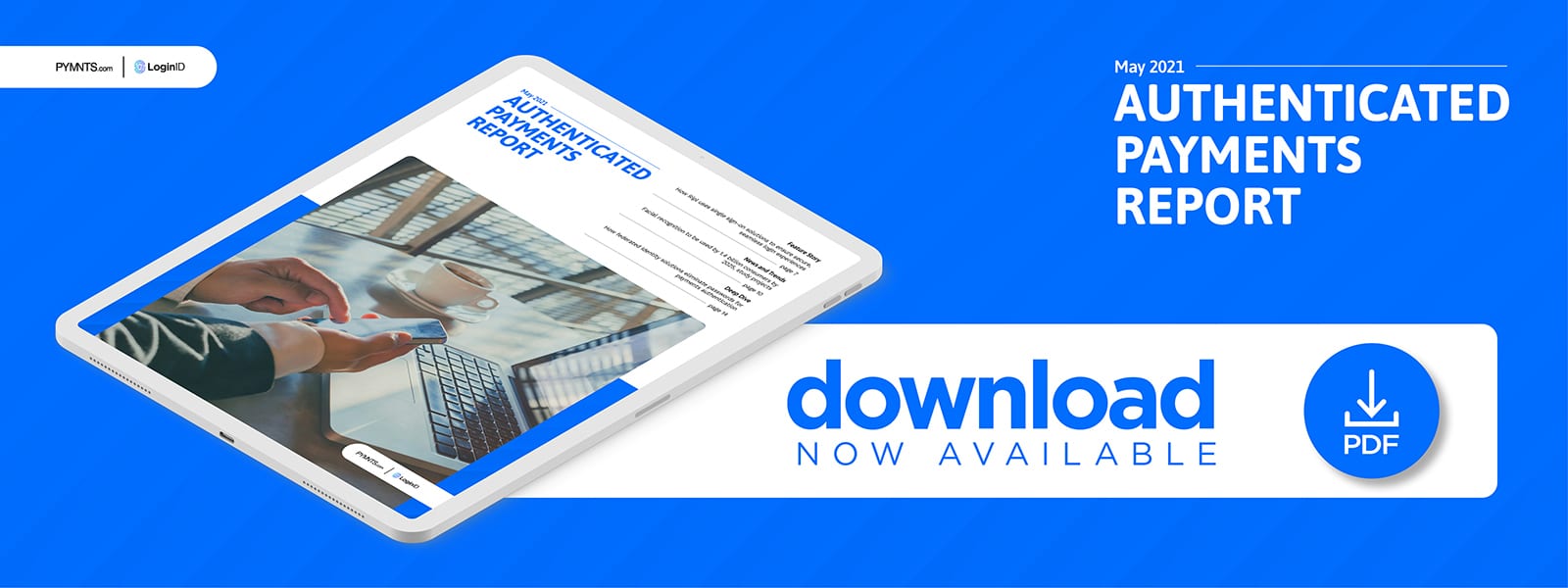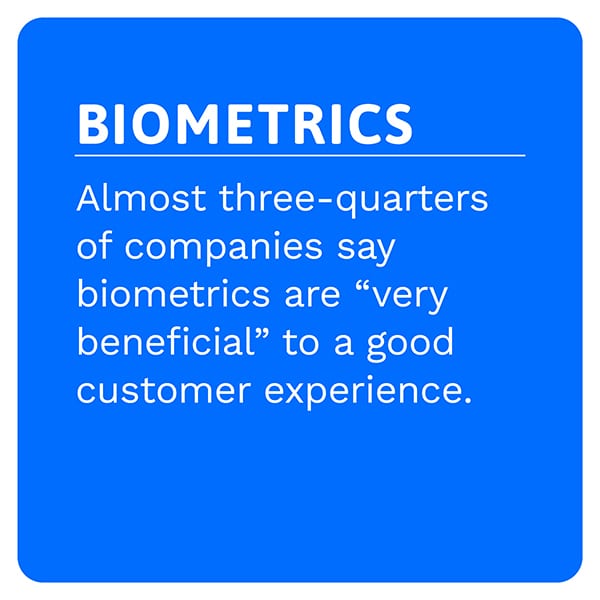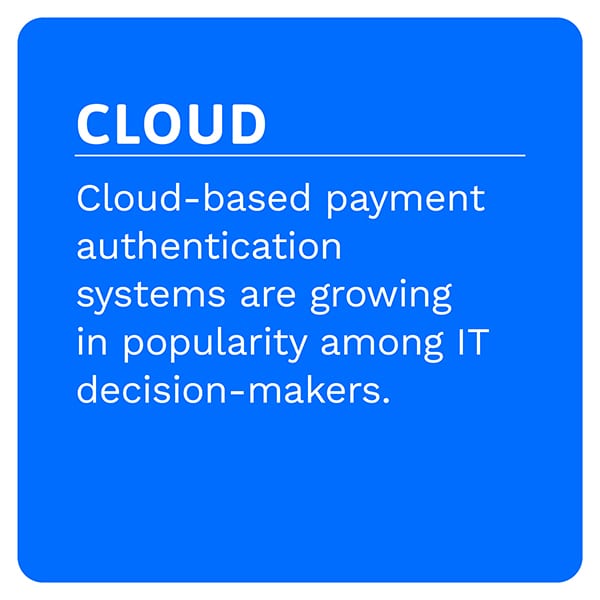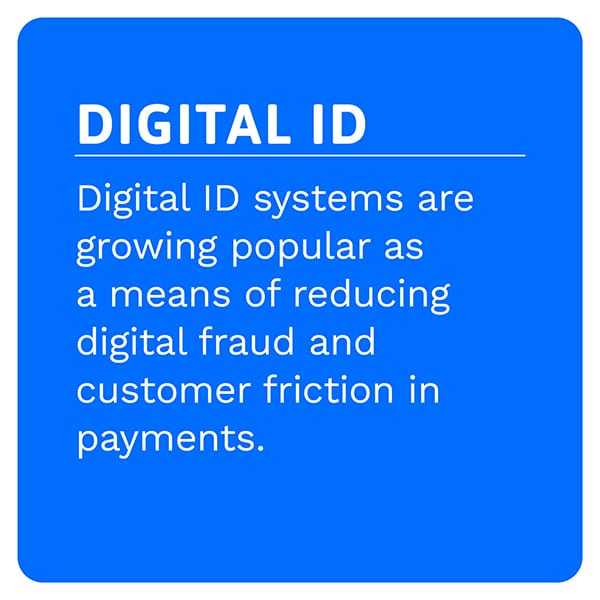Single Sign-On Bridges The Authentication Gap

 Almost $2 trillion in transactions are conducted every year all around the world and fraudsters would like nothing more than to get their hands not only on every last cent, but also every byte of personal data associated with them. These bad actors deploy a massive variety of tactics to these ends, ranging from rerouting online eCommerce traffic to their own pages to impersonating customers’ identities and using fake payment cards to score goods for free.
Almost $2 trillion in transactions are conducted every year all around the world and fraudsters would like nothing more than to get their hands not only on every last cent, but also every byte of personal data associated with them. These bad actors deploy a massive variety of tactics to these ends, ranging from rerouting online eCommerce traffic to their own pages to impersonating customers’ identities and using fake payment cards to score goods for free.
The authentication of these payments is traditionally done through usernames and passwords, but these methods are remarkably ineffective due to both their inconvenience and the lengths to which legitimate customers will go to avoid this friction. Federated identity systems could be the key to reducing reliance on passwords, allowing users to enter a single username and password that then allows access all the services linked to it.
In the May Authenticated Payments Report®, PYMNTS explores the latest in the world of payment s authentication, including how fraudsters target payments, the authentication methods payments providers leverage to verify these payments and how federated identity solutions like single sign-on (SSO) are rapidly gaining steam in the financial world.
s authentication, including how fraudsters target payments, the authentication methods payments providers leverage to verify these payments and how federated identity solutions like single sign-on (SSO) are rapidly gaining steam in the financial world.
Developments From The World Of Authenticated Payments
Facial recognition is quickly gaining steam as a favored authentication method. A recent study projected that 1.4 billion consumers around the world will be leveraging this technology by 2025, up from 671 million in 2020, with this growth attributed to easy access to front-facing cameras on smartphones. Fingerprint scans are also quite popular, with this technology expected to be equipped on 93 percent of biometrically equipped smartphones by 2025.
Other forms of biometrics are also growing in popularity due to their convenience and security capabilities. A full 73 percent of companies in a recent study said that biometrics were “very important” to ensure a good customer experience and 64 percent have prioritized biometrics for user authentication. Forty-five percent of companies surveyed said that COVID-19 has resulted in a growth in their biometrics programs and 62 percent said they have prioritized remote onboarding and authentication due to the remote nature of these interactions.
All of these authentication systems are designed to reduce customer reliance on passwords, which were found in a recent study to lead to reduced security competence and increased customer abandonment. Approximately 65 percent of consumers abandon websites when asked to create a username and password and 92 percent of users said they would rather leave a website entirely than try to recover or reset their forgotten login credentials. Another 87.5 percent of customers said they have been locked out of websites against their will for too many failed login attempts.
For more on these and other payments authentication news items, download this month’s Tracker.
How Single Sign-On Solutions Can Improve Compliance And Prevent Customer Churn
Payments authentication often walks a tightrope between seamlessness and security, with companies sacrificing one for the other. This is not the case for single sign-on systems, which allow users to effortlessly log in to multiple services via a single secure password administered by a third party. In this month’s Payments Authentication Tracker, PYMNTS spoke to Clay McDaniel, CEO of Ripl, about how SSO solutions can strike the perfect balance between usability and security.
 Deep Dive: How Federated Identity Can Reduce Reliance On Password-based Payments Authentication
Deep Dive: How Federated Identity Can Reduce Reliance On Password-based Payments Authentication
Trillions of dollars in payments crisscross the globe each year, and they all require authentication to ensure the transactions are not fraudulent. Many of these payments rely on passwords for verification, a known security risk due to data breaches and customers’ poor security hygiene. This month’s Deep Dive explores how federated identity solutions like single sign-on can result in more secure and convenient payments authentication by reducing reliance on passwords.
About The Report
The Authenticated Payments Report®, a PYMNTS and LoginID collaboration, is the go-to monthly resource for updates on trends and changes in payments authentication.
